As a professional
in the
food and beverage industry, partaking in the overall experience of
restaurants can be pretty rewarding on a day off. Who does not enjoy a day out
in the beautiful weather, with a cold drink and some food to share?
اضافة اعلان
However, as everything around us evolves, so does
the
restaurant industry. I have reviewed several restaurants for the past few
months, mostly upper casual and fine dining ones. This time I decided to go on
a different path in the restaurant industry and highlight a new trend that is
getting its own share of attention; the cloud kitchen.
Most of us have heard the term before, or probably
heard of a
ghost kitchen or central kitchen. Even though we have been using
those terms interchangeably, there are a few differences between them. A cloud
kitchen has no physical restaurant where you can dine, only a workplace with
equipment to prepare and execute orders. There could be multiple food brands
operating in the same place.
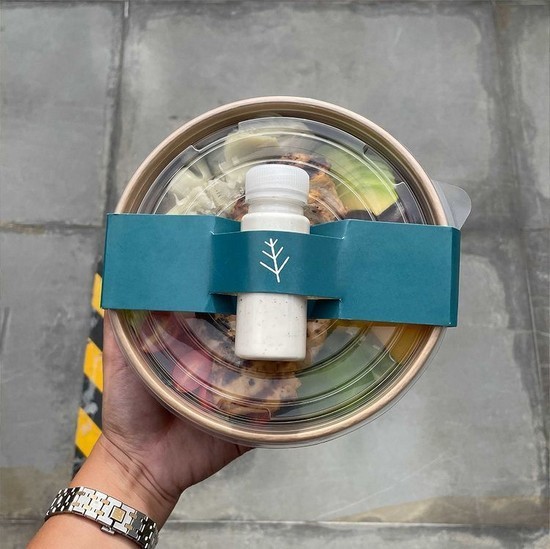
A ghost kitchen exists virtually in various
locations, but operates in one kitchen. This way, it delivers to a wider range
of locations and appears on multiple delivery platforms. Finally, a central
kitchen is owned by a company that offers space to store and prepare food for
all restaurant branches and outlets. Central kitchens can be rented by smaller
restaurants that need more storage or cooking space, and equipment, to cater to
large demand in the market.
The number of cloud kitchens of has been increasing
noticeably during the pandemic when people started relying more on delivery
services, rather than dining in. From a financial aspect, it is way cheaper to
operate a kitchen than a full restaurant, as labor cost drops drastically, as
does the cost involved in decorating the interior, design, furniture, and
operation.
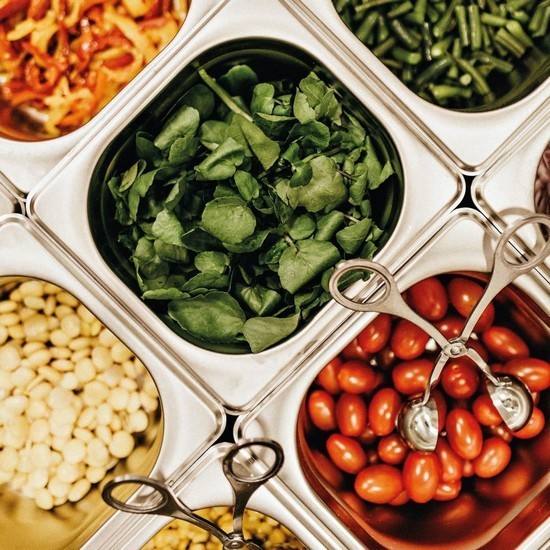
When I first moved back from the US, I wanted to
carry on with the food truck business that I had started to work on back there.
However, the rules and regulations for such businesses are very complex in
Amman, due to the fact that set standards need to be monitored and spot-checked
at any given time. I am sure many have thought of doing the same until they had
to go through the discouraging rules and regulations set for operating food
trucks, so cloud kitchens sounds more tempting.
A cloud kitchen might get one closer to the
restaurant dream, yet, what many fail to realize is that ours is not a culture
of innovation, but tend to jump into an oversaturated market; think of every single
burger place in every corner in Amman.
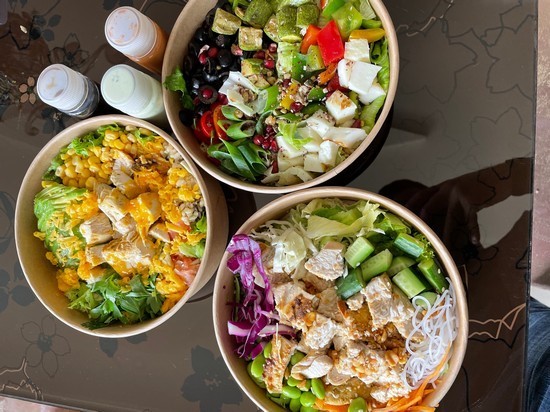
And so, with the reduction of the cost factor, one
should put more effort into acquiring a competitive advantage; what sets you
apart from the competition, and are you bringing a new concept to the market?
Social media presence should be your best friend in
this case, since there is close to no human interaction if a customer decides
to order from your restaurant. (No, the call from the driver to get to the
destination does not count.)
As your business works remotely, it is vital to
establish a personal touch to widen the customer base and win their trust.
Building an engaging presence on social media channels to form a direct
connection with the customers is important. Also, posting images and videos of
the restaurant staff working in the kitchen helps with transparency.
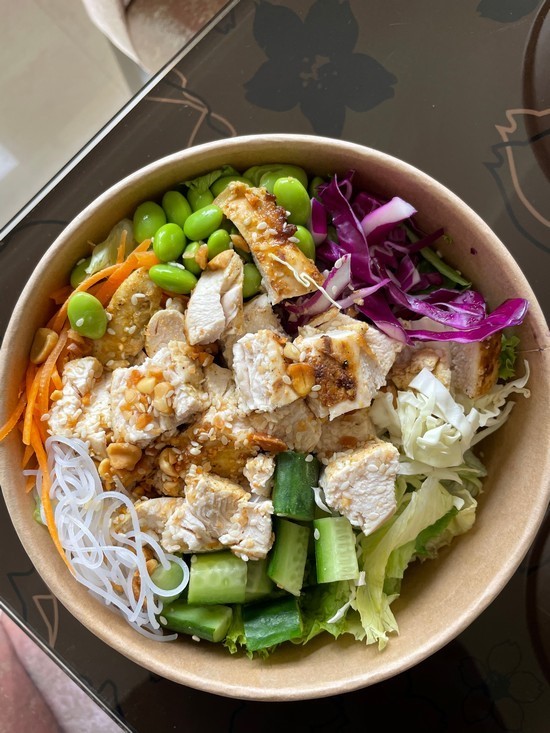
Aside from the operational introduction, this week,
I was craving a salad for a change, so to try out the cloud kitchen
restaurants, I decided to order from a place I find reliable, with value for
money, so I ordered from Raw. Their online menu has different salads from
multiple cuisines, which serves those who are looking for something different.
I love the fact that they have a
build-your-own-salad option which, is great if you are on a keto diet or just
picky.
Even though I usually build my own salad, this time
I decided to order their house specialties. I ordered halloumi salad, Mexican
salad, and Tokyo Drift. The salads are served with the dressing on the side to
prevent the lettuce from wilting until the food is delivered. You might want to
drizzle the dressing and shake the container vigorously instead of trying to
toss it. Consider it your workout.
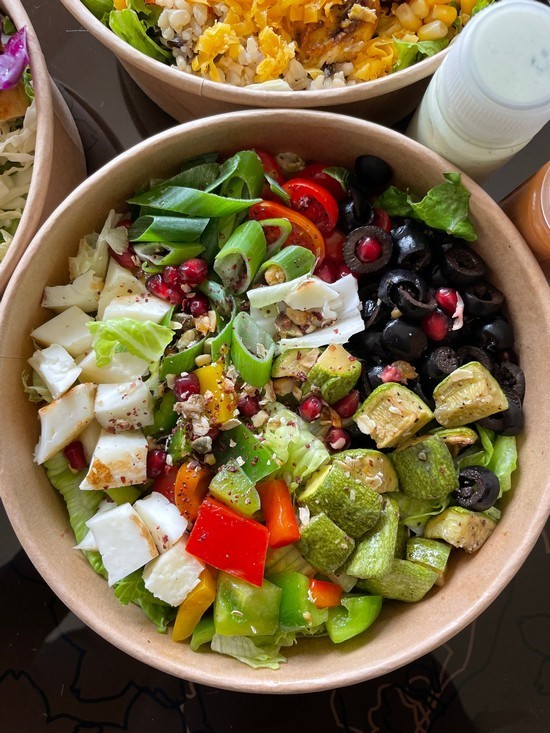
The halloumi salad contains rocca, mixed leaves,
cherry tomatoes, and grilled zucchini, served with a tangy vinaigrette
dressing. The salad and ingredients were fresh, the zucchini were beautifully
roasted with light seasoning and the dressing complements the overall dish.
The Mexican salad contains mixed leaves, wild rice,
pico de gallo, sweet corn and avocado, with a cilantro dressing. Even though
this is a pretty simple and comforting salad, the dressing was a highlight. I
am not usually a fan of cilantro, but this one was not overpowering, which was
great.
The Tokyo Drift salad with the teriyaki dressing,
assuming it was named like that because the teriyaki was invented in Japan in
the 1700s, contained edamame, rice noodles, carrots, crunchy peanuts, and
sesame seeds. The dressing was pretty light, unlike the one in the Mexican
salad, which was creamier.
Serving all the dressings in the same quantities
does not give the same outcome all the time. This salad needed a little more
dressing since the noodles did not get enough and tasted a little bland in the
overall mix.
There is not much of a personalized experience in this
segment of the food and beverage operations, but with such a fast-paced
lifestyle, people do look for convenience. I believe that cloud kitchens have
more potential to expand from what they currently are. If a new concept of a
cloud kitchen were to collaborate with people who rent on Airbnb, by planning
meals for breakfast and delivering them, that would solve a huge problem for
those who rent out apartments yet still look for the hotel touch of serving
daily breakfast.
Read more Good Food
Jordan News




